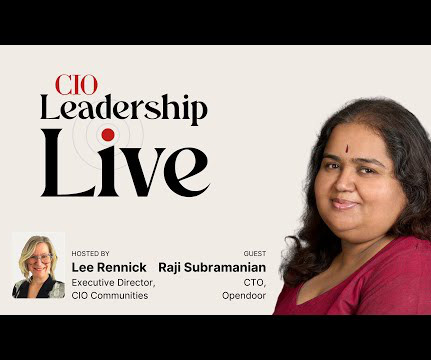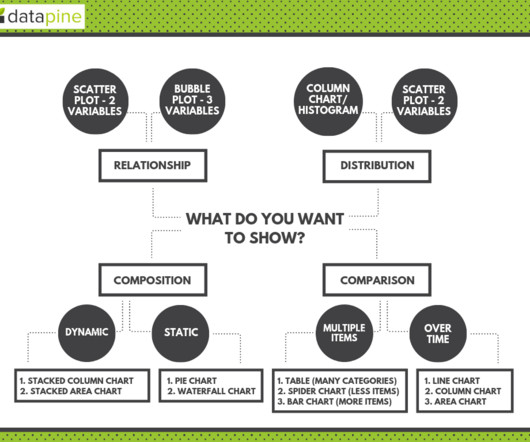What is DataOps? Principles and Benefits
Octopai
MAY 2, 2022
Common elements of DataOps strategies include: Collaboration between data managers, developers and consumers A development environment conducive to experimentation Rapid deployment and iteration Automated testing Very low error rates. Just-in-Time” manufacturing increases production while optimizing resources. Issue detected?

























Let's personalize your content